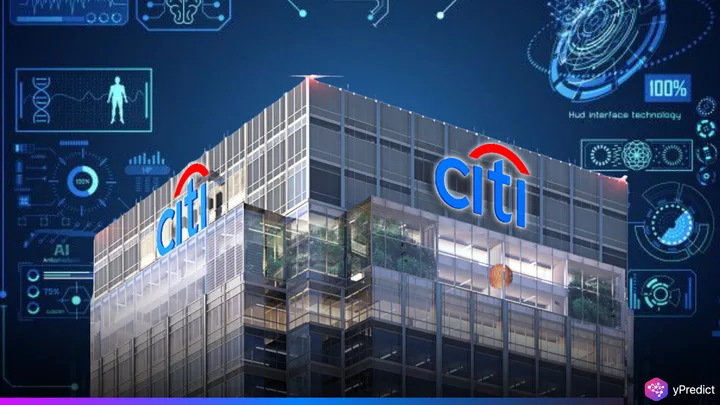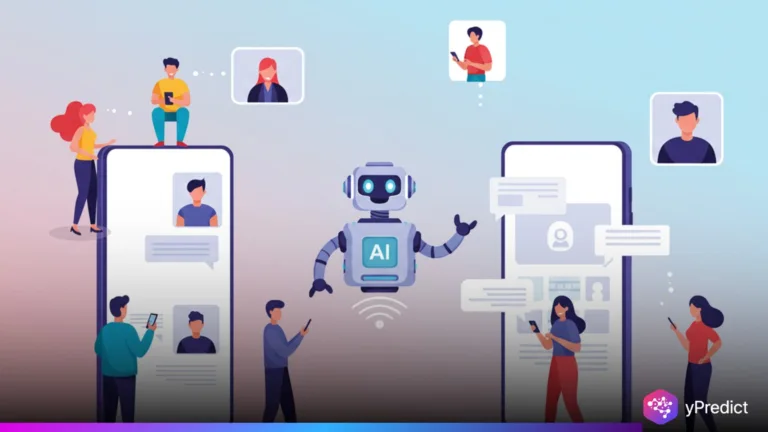
Citigroup is bringing a smarter, faster way of working to its employees in Hong Kong with the launch of Citi AI, a new suite of artificial intelligence tools designed to handle everyday tasks. Announced on Thursday, the tools help staff quickly pull up internal policy information, summarize lengthy documents, and even draft emails.
It’s all part of Citi’s larger plan to cut down on repetitive work and boost productivity across its global teams. So far, about 150,000 employees in 11 countries, including the U.S., India, and Singapore, are using the system. Aveline San, who leads Citi in Hong Kong and Macau, says the move supports the city’s goal of encouraging safe and thoughtful AI use in banking.
Citi AI: Smart Tools for Smarter Workflows
Citi AI includes tools designed to make internal operations faster and easier. Employees can now pull data from Citi’s vast policy library within seconds. The AI also helps summarize long documents and write early drafts of communications, saving valuable work hours. These tools aim to cut down manual tasks and improve daily efficiency.
Citi’s Hong Kong rollout is part of a global plan that started in key countries with strong regulatory environments. The technology includes Citi Assist and Citi Stylus, AI programs launched last year. Citi Assist answers internal policy questions quickly, while Stylus can translate, summarize, and compare documents. “These tools are interactive and help make decisions faster,” said Citi CTO David Griffiths at a recent event.
Feedback from employees, known as AI accelerators, has shaped recent updates. These users test new features and share ideas. Based on this input, the latest versions now include options for deeper edits and more accurate summaries. Some tools are even integrated into chat apps and browsers to help staff during regular internet use.
Efficiency Gains and Ongoing Hurdles
Since the launch, many employees have reported time savings and smoother workflows. According to internal assessments, the AI tools can complete certain routine tasks at a fraction of the usual cost. This cost-benefit approach helps Citi measure how much capacity AI adds to the workforce. Yet the expansion is not without challenges. Citi recently cut up to 200 IT contractor roles in China. The bank plans to replace them with in-house staff for better control over data and risk. This shift shows Citi’s focus on secure, reliable use of AI, especially with customer and financial data.
Another concern is consistency. While tools like Citi Stylus now serve over 150,000 users, others like Citi Squad, a coding assistant, remain limited to smaller groups. Some of the most advanced features, like multi-step processes that translate and summarize in one go, are still in testing. Citi says it wants to balance broad access with local regulation. For now, the tools are available only in markets with clear AI rules. However, the bank plans to expand access to more countries by year’s end. The company spends about $12 billion each year on technology, showing its strong commitment to innovation.
Can AI Balance Speed with Responsibility?
Citi’s rollout of AI tools shows how banks are embracing automation to reduce costs and boost performance. But it also raises big questions. How do global firms make sure AI stays fair, secure, and transparent? With tools like Citi AI expanding, the pressure to regulate grows, too.
While many employees benefit from saved time and faster answers, ethical issues remain. How much work should AI replace? Who checks the machine’s accuracy? As Citi scales up its tools, its approach, focused on user feedback, privacy, and responsible growth, may become a model for others. The next phase will likely define not just productivity, but public trust in workplace AI.






